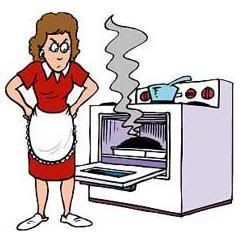TheSearcherMan
Jedi Trainee
Offline
I see it over and over again in discussions. Low oil pressure, inexperienced rebuilder/owner or high milege TR recently purchased. I don't know if I have ever seen a relief valve failure. This is checked first out of hope and ignorance. You measure the spring length, make sure the pistion moves freely, and that's that. It does not have anything to do with idle, unless it is extremly cold, or you are using to thick a motor oil, and it mite pop off when the engine is cold at idle, however, I doubt it. Hot idle is running down the interstate at least 20 miles, and then checking what you have at about 850 rpm. The low oil pressure is almost always caused by rod/main bearing clearance. You need to mic. your parts before/after you get them back from the machine shop, and I'm sorry, to do this properly you need experience, and a decent set of mic.s. Also, check the oil pump clearences as per Bentley manual. Yes, you will have to fork out the bucks and buy a book, I know it hurts terribly, and I'll shed tears for you. And, if you use the not necessary external oil feed, you will see a slight drop in hot idle oil pressure. Hot idle is not sitting in the garage for 10 minutes at idle, you have to go at least 20 miles at highway speeds. I'm not lookin to debate this thread, I don't have the time for it.

 Hi Guest!
Hi Guest!

 smilie in place of the real @
smilie in place of the real @
 Pretty Please - add it to our Events forum(s) and add to the calendar! >>
Pretty Please - add it to our Events forum(s) and add to the calendar! >> 


